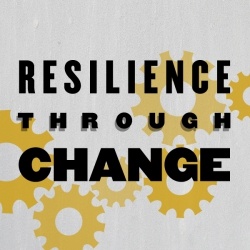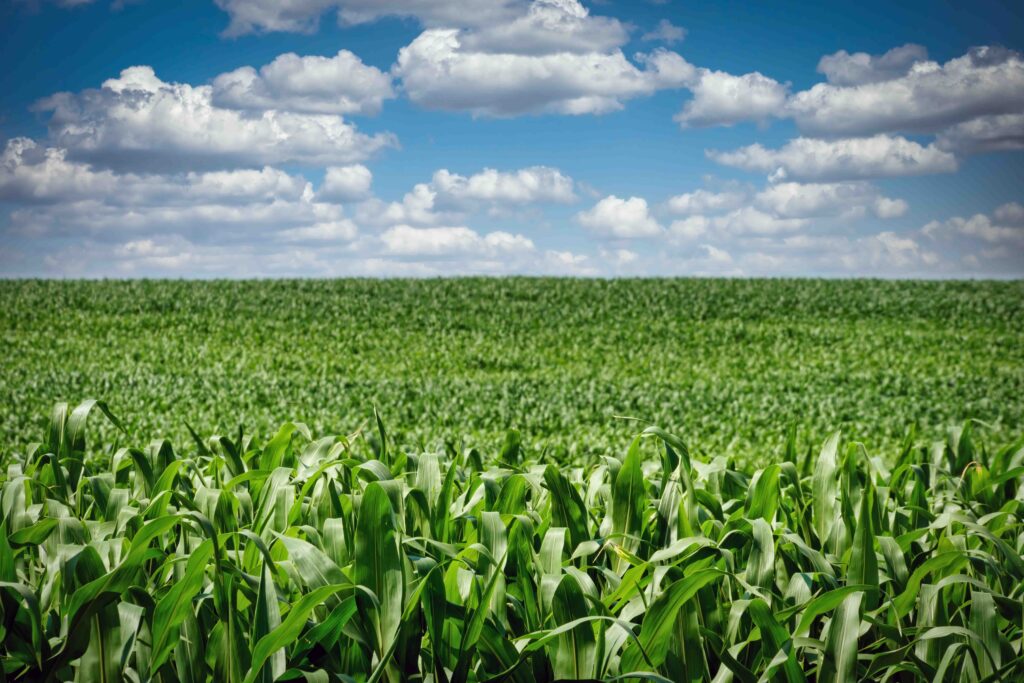Article
Approaches for Resilience and Antifragility in Collaborative Business Ecosystems by Ramezani, Javaneh and Luis M. Camarinha-Matos
Journal
Technological Forecasting & Social Change. 151 (2020).
Reviewer
Dr. Allan W. Gray, Executive Director and Professor
Summary
The authors of this article conducted an extensive review of the literature on approaches to resilience and antifragility in business. The article reviews and refines the definitions of the terms resilience and antifragility. The authors then identify 41 different strategies that companies might pursue to enhance their resilience and/or antifragility. Strategies were categorized into three phases companies faces with respect to a disruption or crisis: readiness, response and recovery. Finally, the research identified 25 capabilities that can assist a company in becoming more resilient and antifragile.
What this means for Food and Agricultural Business
The COVID-19 pandemic has made us all too aware of the need to examine our business’ ability to manage through unexpected events. The concepts in this research have important implications as we continue to navigate the current situation and prepare our companies for future disruptions that are sure to come. The idea is that we want to develop strategies that make our companies resilient and/or antifragile in the face of unpredictable disruptions.
Resilience and antifragility are related concepts. Resilience refers to a company’s capacity to withstand the stress of disruption and be persistent in its rebound from the disruption to achieve a desirable performance in recovery that is close to its pre-disruption performance. For example, a resilient fresh vegetable grower-packer-shipper company will be able to survive the current pandemic induced downturn in restaurant food demand and be prepared to deliver when demand returns. Their business beyond the pandemic will look much the same as before the pandemic, even if there is slight shift in the customer base or markets served.
Antifragility is a concept first made popular by Nassim Nicholas Taleb in his aptly named book, Antifragile: Things That Gain from Disorder. Antifragility refers to a company’s capacity to not only survive shocks, but to actively “employ” shocks to become stronger. A company seeking antifragility goes beyond resilience by using a learning-by-doing process that leverages experiences, faults and incidents to become an organization that thrives as conditions evolve. For example, an agricultural retailer experimenting with e-commerce pre-pandemic may have created an antifragile capability that will not only allow survival of the pandemic but also present new opportunities to grow and develop business in new ways as farmers adopt more social distancing business practices such as online purchasing, digital meetings and on-farm traffic reductions.
In the article, the authors provided an interesting graphic that illuminates the relationship between resilience and antifragility (Figure 1). At the top, the graphic shows the “Intensity of Change,” or the desired outcome after recovering from disruption. A resilience strategy seeks stability, survival or a “business as usual” outcome, while antifragility seeks an outcome of continuous improvement using a disruption as a catalyst for change. The authors also identify a middle ground they refer to as “transformative resilience”. Here, the outcome is dynamic stability or a changed but stable business that has recovered from a disruption and intends to continue change beyond the response to the current disruption.
The bottom of Figure 1 identifies what the authors call “systems’ response”. This response is the way a company behaves in the face of the disruption. A resilient company behaves with persistence to seek the “business as usual” outcome, while an antifragile company behaves with transformation as it seeks to change itself to capture new opportunities arising from a disruption. A transformatively resilient company behaves with elasticity as it adjusts as necessary to meet the requirements of the post-disruption business environment to find its new equilibrium. 
In each of the strategies the company will need a set of capacities or capabilities it can leverage to help implement the correct behavior and drive the desired outcome. A company with a resilience strategy will need the capability to absorb and cope with disruption and the capabilities to adapt and transform business models and processes to maintain its current supplier, employee and customer positions. A company seeking an antifragility strategy will also need capabilities to adapt and transform but will need to combine those capabilities with learning where employees, systems and the organization as a whole can learn how to deliver new value propositions to new customers using potentially new processes and suppliers as it seeks to improve its position in the post-disruption environment.
Whether a company chooses a strategy that seeks resilience or one that stretches for antifragility, it needs to consider the activities that position it to face disruptions in the three phases of readiness, response and recovery. Readiness is focused on a set of activities that detect and eliminate the source of possible disruptions or reduce (mitigate) their negative Impact. Response is concerned with the immediate actions taken after a disaster occurs by utilizing the plans created during the readiness stage and reorganizing resources quickly to bring the system to a temporarily acceptable operational state. Recovery focuses on activities that return the disturbed business to a pre-disruption operational state, or preferably, an improved level of operation by redesigning business processes, learning from experience and benefiting from opportunities. The sidebar on the right provides examples of strategies and tactics the authors identified with each of phase of the disruption management strategy.
In many ways, the food and agricultural industry has displayed a remarkable ability to be resilient in the face of this pandemic. Perhaps we may see some companies display antifragility as they emerge stronger than before. The remarkable management of the current disruptive event is likely a result of companies in the food and agricultural supply chains employing many of the strategies and tactics identified in the readiness, response and recovery phases. For example, while the meat packing industry has faced significant disruptions from the pandemic, it was able to respond relatively quickly, have a contingency plan in place and continue operations at reasonable levels in the face of the disruption. This quick response is not likely without significant readiness actions that prepared decision makers to swiftly take action.
Reflect on your company’s strategy for responding to the pandemic. Do you see elements of readiness, responsiveness and recovery strategies that will allow your organization to be resilient or even come out improved in the spirit of antifragility?
While we can’t predict the next disruption that will occur in the food and agribusiness industry, we know it’s coming. This paper illustrates that even though we are unable to predict these future disruptions, we are able to prepare for them by having the discipline to understand the strategies and tactics that lead to a more resilient and even antifragile company and industry.




